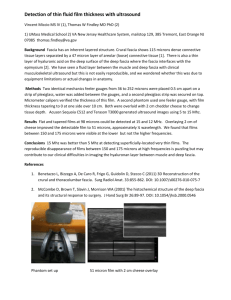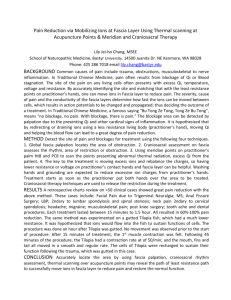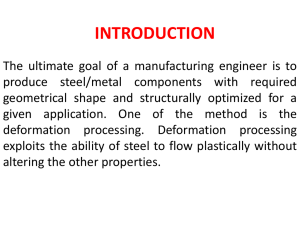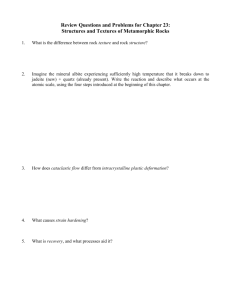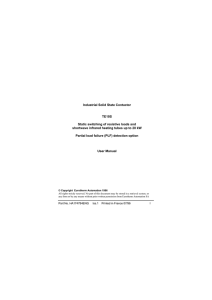Mechanical Deformation of Posterior Thoracolumbar Fascia in
advertisement
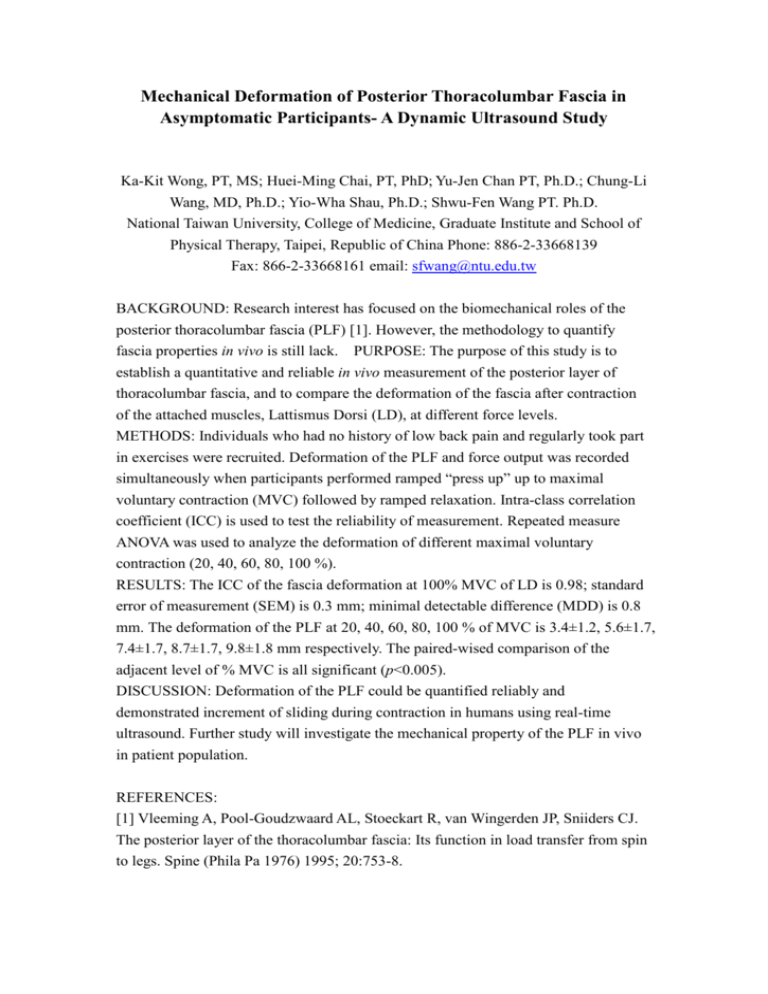
Mechanical Deformation of Posterior Thoracolumbar Fascia in Asymptomatic Participants- A Dynamic Ultrasound Study Ka-Kit Wong, PT, MS; Huei-Ming Chai, PT, PhD; Yu-Jen Chan PT, Ph.D.; Chung-Li Wang, MD, Ph.D.; Yio-Wha Shau, Ph.D.; Shwu-Fen Wang PT. Ph.D. National Taiwan University, College of Medicine, Graduate Institute and School of Physical Therapy, Taipei, Republic of China Phone: 886-2-33668139 Fax: 866-2-33668161 email: sfwang@ntu.edu.tw BACKGROUND: Research interest has focused on the biomechanical roles of the posterior thoracolumbar fascia (PLF) [1]. However, the methodology to quantify fascia properties in vivo is still lack. PURPOSE: The purpose of this study is to establish a quantitative and reliable in vivo measurement of the posterior layer of thoracolumbar fascia, and to compare the deformation of the fascia after contraction of the attached muscles, Lattismus Dorsi (LD), at different force levels. METHODS: Individuals who had no history of low back pain and regularly took part in exercises were recruited. Deformation of the PLF and force output was recorded simultaneously when participants performed ramped “press up” up to maximal voluntary contraction (MVC) followed by ramped relaxation. Intra-class correlation coefficient (ICC) is used to test the reliability of measurement. Repeated measure ANOVA was used to analyze the deformation of different maximal voluntary contraction (20, 40, 60, 80, 100 %). RESULTS: The ICC of the fascia deformation at 100% MVC of LD is 0.98; standard error of measurement (SEM) is 0.3 mm; minimal detectable difference (MDD) is 0.8 mm. The deformation of the PLF at 20, 40, 60, 80, 100 % of MVC is 3.4±1.2, 5.6±1.7, 7.4±1.7, 8.7±1.7, 9.8±1.8 mm respectively. The paired-wised comparison of the adjacent level of % MVC is all significant (p<0.005). DISCUSSION: Deformation of the PLF could be quantified reliably and demonstrated increment of sliding during contraction in humans using real-time ultrasound. Further study will investigate the mechanical property of the PLF in vivo in patient population. REFERENCES: [1] Vleeming A, Pool-Goudzwaard AL, Stoeckart R, van Wingerden JP, Sniiders CJ. The posterior layer of the thoracolumbar fascia: Its function in load transfer from spin to legs. Spine (Phila Pa 1976) 1995; 20:753-8.

